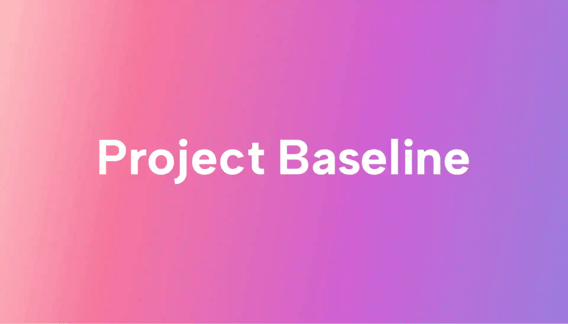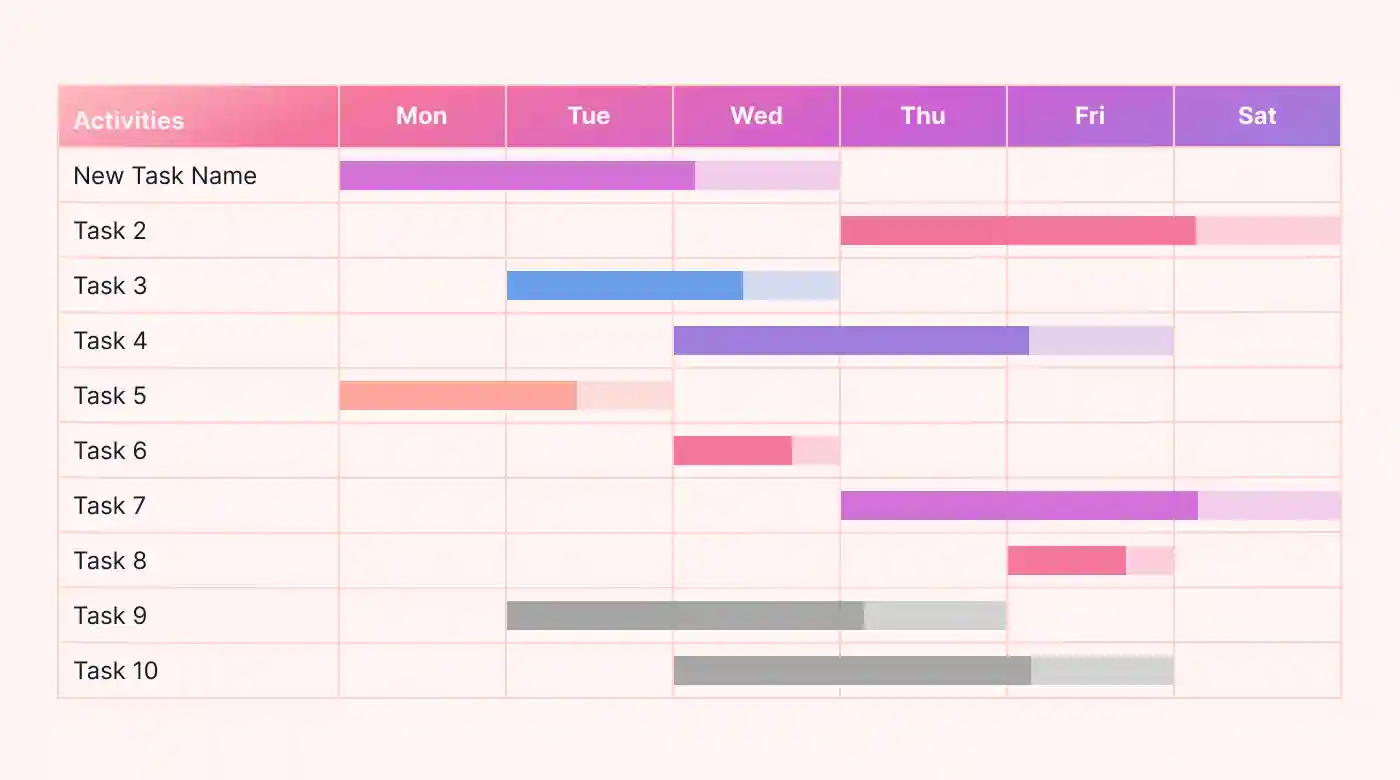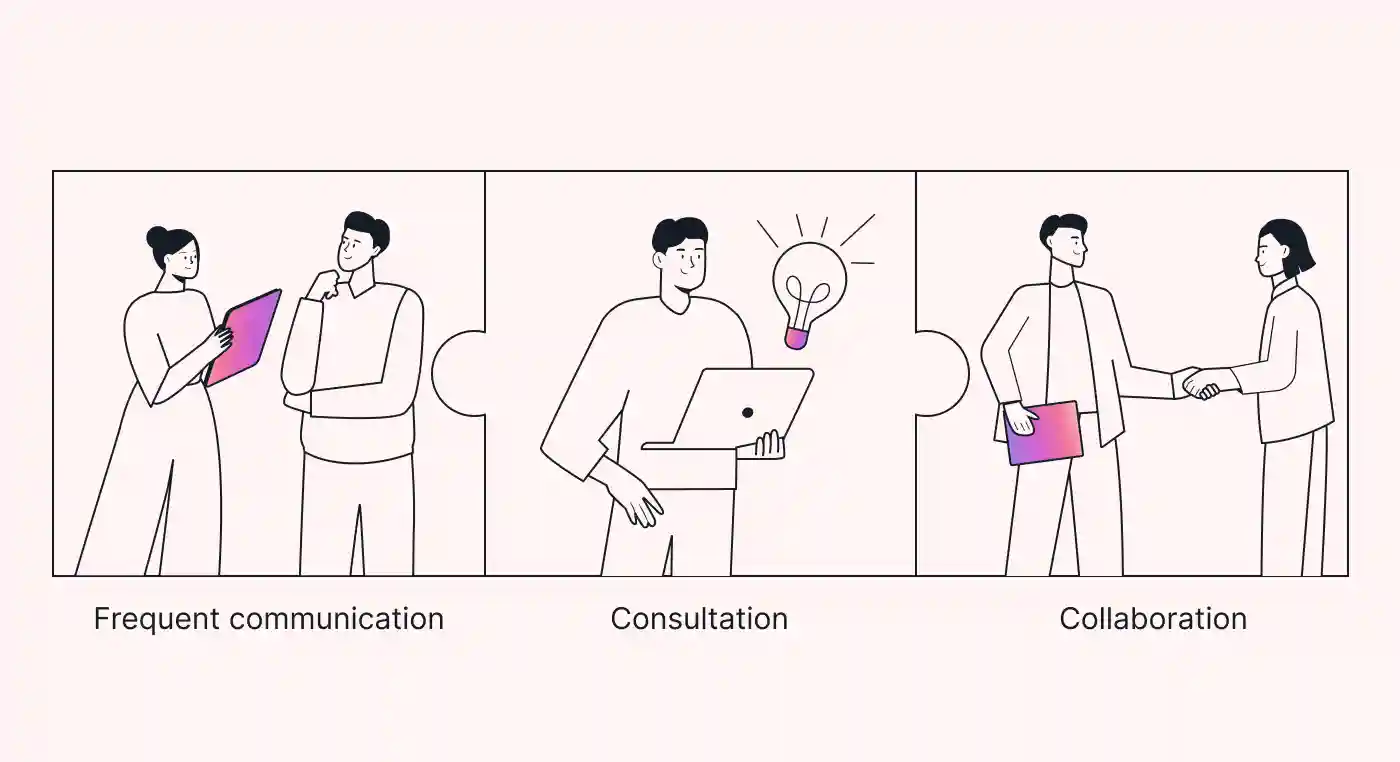We've all heard that many projects fail. Exact statistics are hard to pin down, probably because people hate to talk about their failures. But we're told that 65% and 75% of projects fail to achieve their planned objectives.
This stat comes from a chat between project managers on a Project Management Institute (PMI) discussion board. One post stands out: “...approximately 75% of projects fail to meet at least one of their stated baseline objectives.” Mark Warner, project manager of the Association of Universities for Research in Astronomy (AURA), wrote those words.
Newbies to project management might be wondering what a project baseline is. The short answer is that it’s a reference point for measuring and managing the entire project's progress. But that’s where it gets complicated: you can have a separate baseline for each project’s scope, timeline, costs, risks, and benefits.
Five types of project baseline
Depending on what you want to measure, you'll look at a different baseline. But first, let’s consider the definition of a baseline in project management, according to the PMI’s A Guide to the Project Management Body of Knowledge (PMBOK Guide) 6th edition:
“The approved version of a work product that can be changed only through formal change control procedures and is used as a basis for comparison to actual results.”
The Prince2 handbook (2017 edition) gives a tighter definition of a project baseline: "The reference against which an entity is monitored and controlled."
Most project managers only concern themselves with scope, schedule, and budget baselines. However, it’s possible to construct a baseline for almost any knowledge area in a project. The two most common additional baselines are risks and benefits.
Scope baseline
The first question to answer when planning a new project is: “What do we want to achieve with this project?” The answer provides the destination, and the project scope details how you will get there.
It’s a detailed outline of deliverables expected from the project, and the tasks and resources required. It must clearly outline what’s included in the project and what isn’t. And that’s where you find your scope baseline.
Schedule baseline
Every project has a schedule, which is usually stored in an online calendar like Motion. The schedule baseline is a projected baseline for any given moment in time. A complete schedule includes tasks (at the lowest level of the WBS), start dates, resources, durations and dependencies.
Now imagine taking a snapshot of your project schedule and using it to assess which tasks are in progress, complete, or running behind schedule. That’s how you use your schedule baseline.
Budget baseline
The budget or cost baseline is derived from the scope and the schedule. The scope describes the resources needed, while the project schedule shows who and how long they’re needed. From that, we can work out the expected cost of each task and, therefore, the budget (or cost) baseline.
Of course, changes to scope and schedule will affect your budget. That means your change management processes should adjust all three baselines when a change request is approved. That’ll bring in a process project managers call re-baselining.
Risk baseline
A project risk baseline reveals how project risks develop and change over the life cycle of your project. In the beginning, all the risks you've identified could have an impact.
But as time marches on, the impact of each lessens to the point where you can safely ignore them. At the end of the project, there are none left because the project is complete.
Benefits baseline
A project benefits baseline provides a clear, detailed plan for delivering benefits as the project progresses over time.
As each milestone is achieved, benefits are added to the baseline until the project's conclusion, when some benefits have been delivered. The major benefits are often realized and accrued after the project has finished and it begins to accrue its business value.
Why is a project baseline important?
Your project baselines, of which you should have at least three, are benchmarks against which you can evaluate your project’s performance. They let you track progress, identify issues, and make informed decisions to keep everything on track.
So what happens if you don’t have any project baselines? Well, you could open yourself to all kinds of problems:
- Resource constraints: Without a schedule baseline, you won’t know what resources you’ll need or when.
- External dependencies: A schedule baseline also helps you make sure the delivery of materials and equipment is on time for the project team, especially when something must be ordered weeks or months in advance.
- Quality management: The customer or product owner always has the last say on quality. A non-specific project scope baseline can offer an opportunity to claim substandard quality.
- Change management issues: If you don’t have baselines, you’ll find it difficult to manage change requests. That’s because you won’t have a yardstick to measure the impact of the changes.
- Progress tracking: You can’t report progress accurately if you don’t have baselines to compare actual work done against planned work.
 |
Any of these issues can mean unhappy stakeholders and result in a valid claim of poor project performance, even outright project failure. And during the project, you’ll never know where you stand.
Benefits of using project baselines
There are many advantages to using project baselines. These include better project monitoring, early warning of problems, stakeholder alignment, and better-informed decision-making. They are the key knowing your actual performance against your initial plan
At the very least, you should go for the baseline trifecta of scope, schedule, and budget. And on bigger, more complex projects, you may want the full house, adding risk and benefit baselines.
Clarity on goals and progress
The baseline trifecta helps you monitor and assess successful projects’ three most critical performance indicators. This technique allows you to quantify the progress you’re making, leading to more accurate project goals reporting.
It lets your project team celebrate the achievement of milestones while acknowledging when they come in later than the original plan.
Control scope creep
If you want to get the attention of a project manager, say the words scope creep. It’s like a red flag to a bull. And with good reason. When allowed to happen, scope creep can burn out a project team and result in missed deadlines and budget.
But if you set the scope in your project baseline, you have tangible proof of what you and your team have committed to doing. And can use that evidence to argue the case against changing the scope.
Fewer and better estimations
Project estimations are a valuable tool to use during a project, but they can take a lot of time and resources. So, periodically measuring the actual cost, schedule, or scope of your project against a baseline means you can do fewer estimations.
And with baselines, you have more data points to improve future project estimates.
Working out project earned value
Earned value (EV) allows you to compare your project team’s project team’s actual progress, or actual performance, against your initial plan. However, EV can offer far more than a simple performance assessment.
EV makes it possible for you to spot new project trends quickly. It’s like having your finger on the pulse of the project. You’ll know when problems start to creep into the cost and schedule of your project.
Better stakeholder alignment
Managing the stakeholders in a project is one of the trickiest parts of the project manager’s job. It’s imperative to keep them in the loop, or you’ll risk getting frantic calls for urgent updates at awkward times.
When you have baselines, that part of your job is much easier because you have information at your fingertips. You can communicate actual performance, or progress against the baseline, and retain buy-in from everyone.
What do you need to set a project baseline?
Assuming that you want to create a full house of project baselines, you’ll need the following documents and artifacts to get the job done:
- The project charter or project scope statement. It’s where you find details of the project requirements, objectives, risks, and benefits and get insight into what needs to be done.
- A work breakdown structure (WBS) breaks down the project work into smaller tasks with required resources, dependencies, durations, milestones, and deliverables.
- Details of personnel, equipment, and materials required for each task may not be in the WBS. If not, you’ll probably find them in a resource breakdown structure (RBS).
- A project timeline that outlines when each task or work package should start and finish.
- A cost breakdown to provide estimates of the costs associated with each task.
- Sign-off from stakeholders. You can’t begin using your project baseline without the approval of your key stakeholders.
How to create your project baseline
As you might expect, building a complete project baseline usually begins with the scope and then moves on to the schedule and then the costs. After that, and if required, you can tackle the risk and benefits baselines.
Combined, they give you a time- and cost-phased plan against which finished work can be measured, also known as a performance measurement baseline. You’ll track your progress against this initial plan.
Scope baseline
Once you understand the deliverables, the overall goals, and the project expectations, you can complete your scope baseline. Most people use a WBS for that. Sometimes, they also use an RBS to mirror the resources required for the WBS items. These structures provide a step-by-step guide for what your project team must do and what resources are needed for each step.
Schedule baseline
Technology is a great help with this step. With your scope baseline in hand, you can determine the sequence for tasks. Plug the information into an AI-powered Project Manager app and let it do most of the work. These tools can build custom schedules for each team member based on the priorities, dependencies, deadlines, available work time, and other details you give it.
Budget baseline
Your scope baseline and schedule baseline provide you with the information you need to figure out the project cost. They detail the resources you’ll need when, and for how long. So, you’re now in a position to use bottom-up project estimation or other cost analysis to build your project budget.
Risk baseline
Once you’ve identified all the risks facing your project, standard practice is to build a risk register. This will give you a way to visually plot and monitor the risks. As the project progresses, you’ll be able to tick them off once you judge them no longer a threat.
Benefits baseline
Similarly, this exercise lists each of the benefits you expect your project to deliver. And, as each one is realized, you can flag it as having been achieved.
If you’ve managed the project well, you’ll reach the end of the project, having delivered the benefits that could be delivered in flight. Others may be realized as the desired business value is accrued. If you’re the business owner or project sponsor, that’s still you.
Can you change a project baseline?
We live in a changeable world. Things are always changing around us, and every now and then, we get a curveball. It could be something local, like a customer hitting the wall, or something big, like COVID. Mostly it’s just the client wanting something in addition. So, yes, a project baseline can change.
However, any such change must be made via a formal change management process. Never change your project baselines simply because you’ve drifted off track. If the changes are warranted and approved by relevant stakeholders, you’ll create a new baseline using the old one as a reference.
But to get there, use your change management process, which goes something like this:
- Collect change request information and documentation
- Assess the impact of the change against existing baselines
- Plan how to implement the change
- Prioritize the change request
- Consult responsible stakeholders who approve (or reject) the change
- Rebaseline the affected baselines based on the impact
- Implement the approved change
- Evaluate how effective the change was.
Project baselines in Agile
People often think of project baselines as something only relevant to the more traditional project management methods. But it’s just as relevant in Agile project management because it is the starting point of your project plan.
The only difference is that the project baseline is more likely to be changed in an Agile project, because that’s the nature of the beast. It’ll change whenever the product owner, team members or the client requests a change in the product backlog. But, before you do change it, you must consider two things about your project:
- The impact on cost and quality because additional work can impact both.
- The project schedule, as adding work may extend the project timeline.
Putting your project’s baseline in Motion
Now that you have a handle on what project baselines are and how to create them, let's talk about managing them. Motion can streamline your project processes and help you keep tabs on the project performance over time and against the project baseline.
Motion’s AI-powered project management software not only optimizes your team’s calendars – it also lets your team report how much time they worked on a task, and how much more time they think they’ll need. That information helps you track project progress and resources.
If you’re ready to embrace the new world of project management, give Motion a try. Register for a 7-day free trial today!

After 40-odd years of working in technology, project management, media, and marketing, Brian's career and growth journey has exposed him to a wide range of niches. He brings this breadth of knowledge and expertise in his content work through enriched storytelling and original concepts that make SaaS content engaging and accessible for readers of all stripes.







